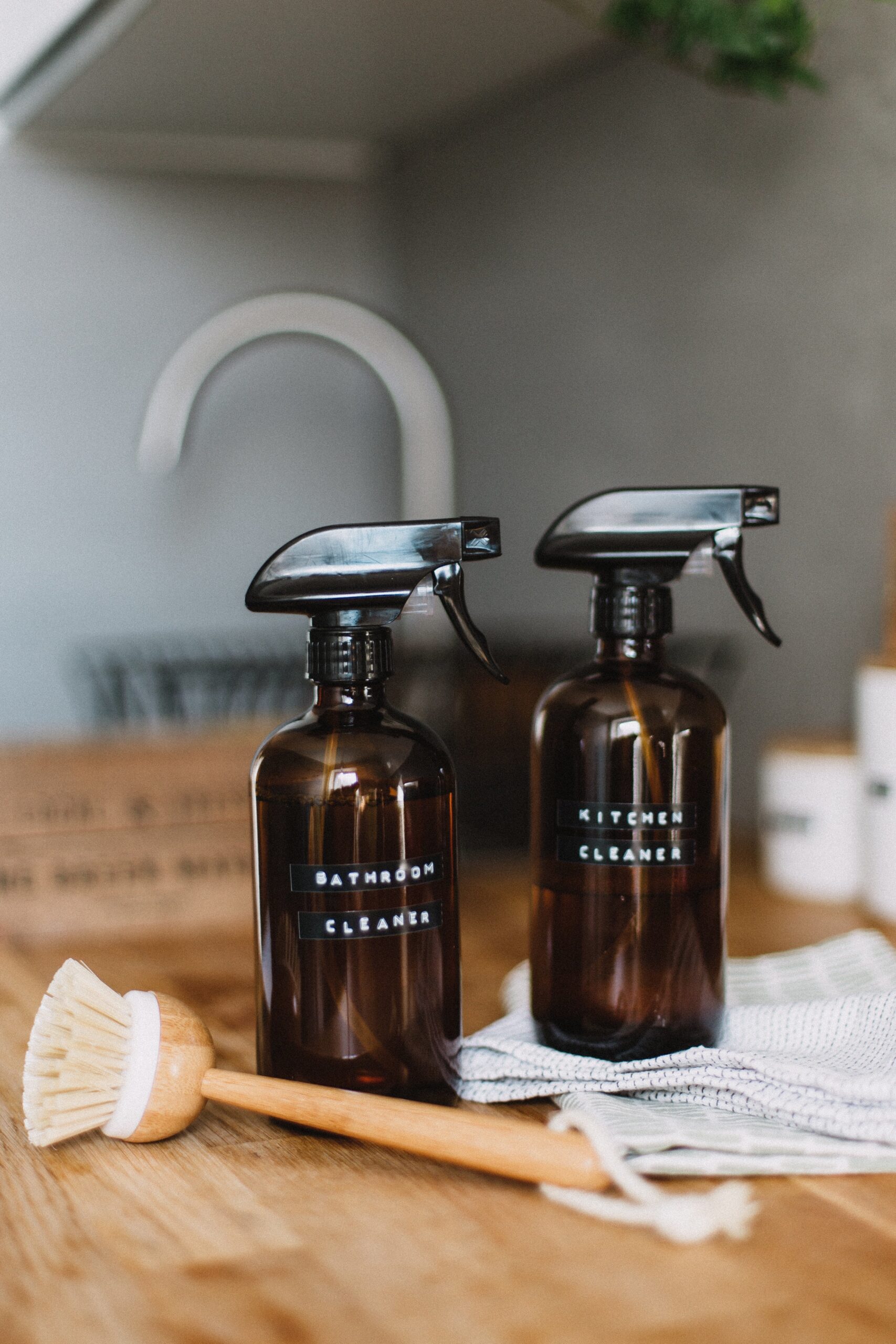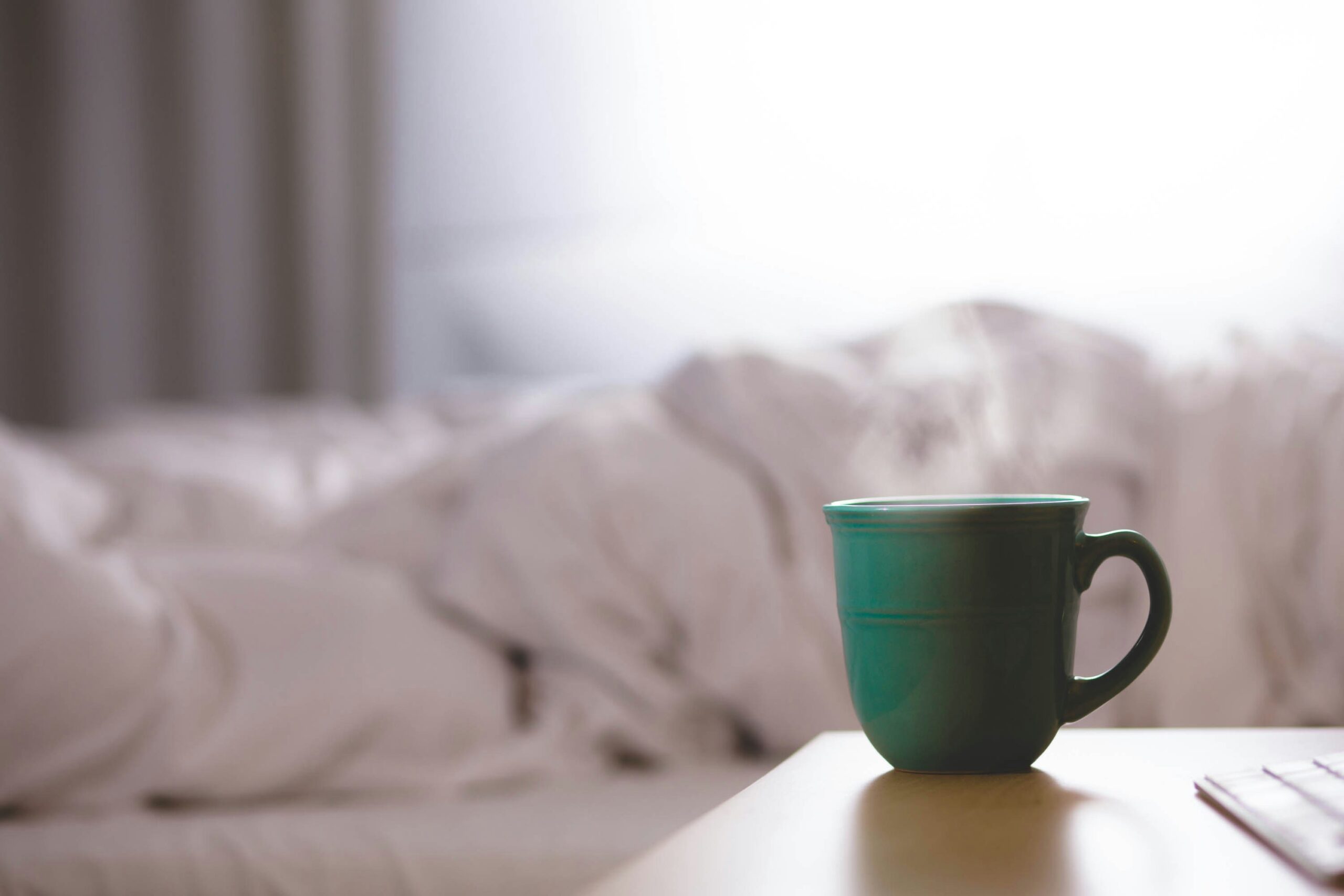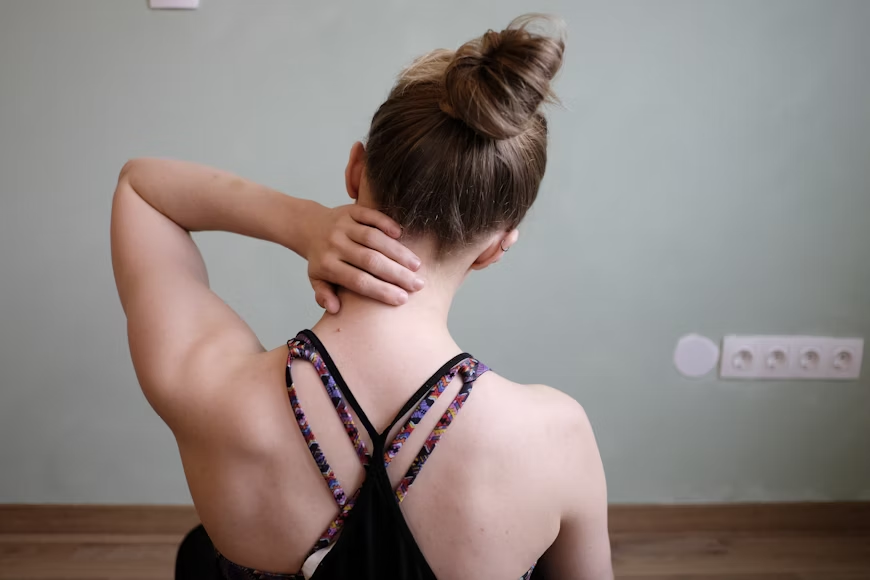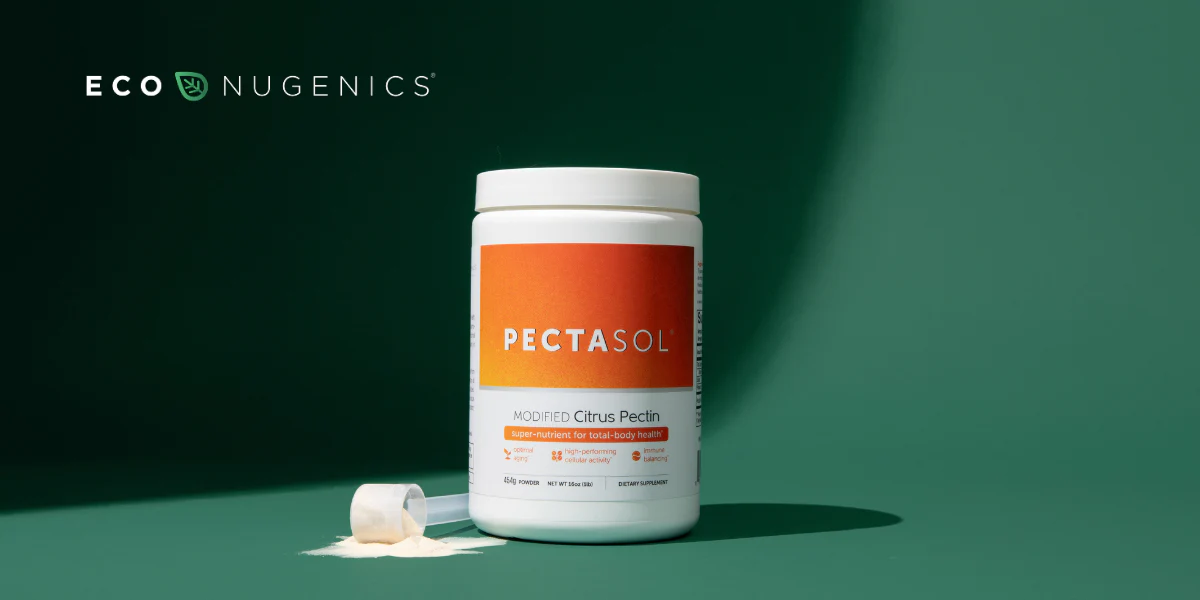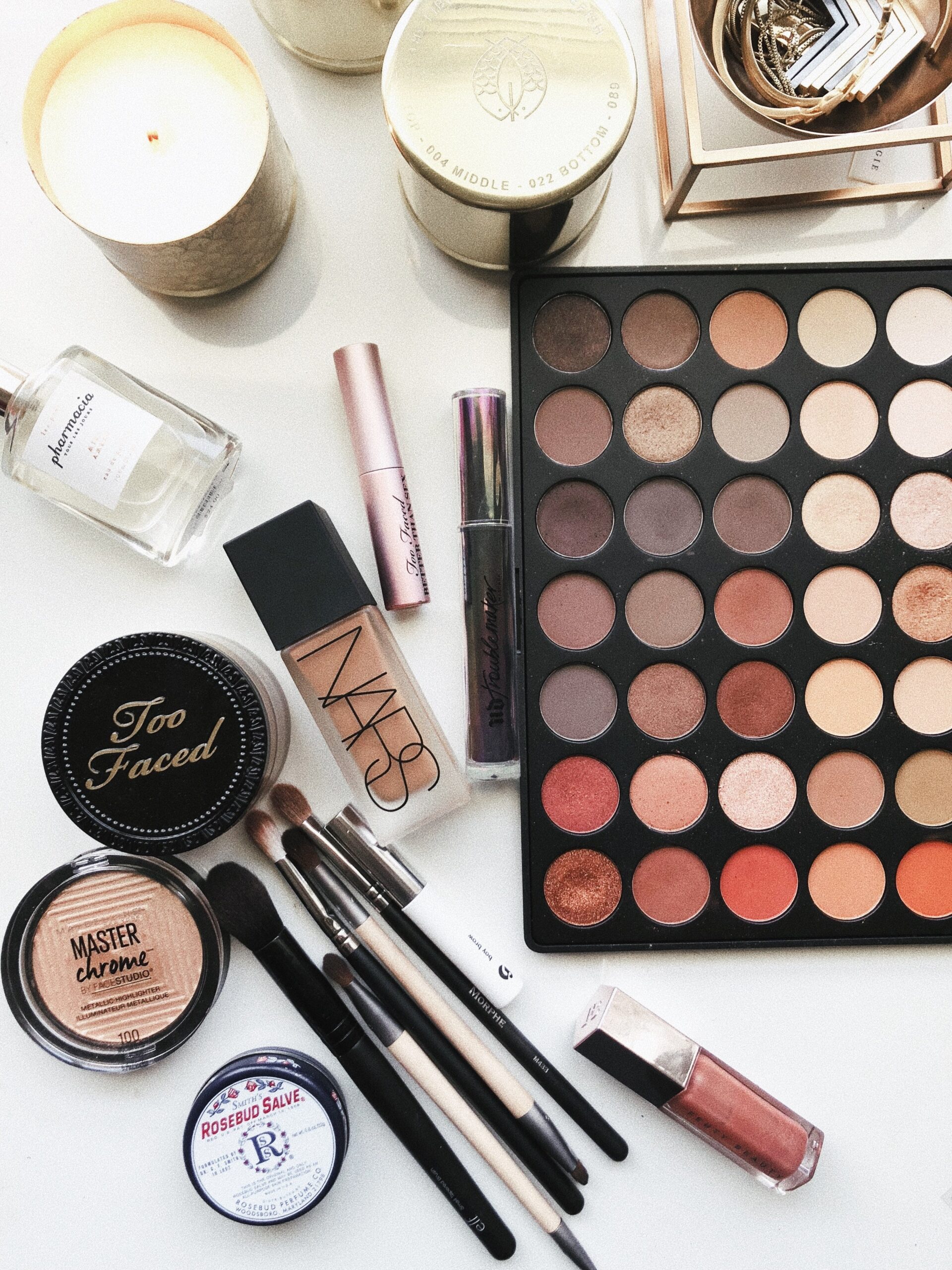Home should be a sanctuary—not a repository of toxins. But how do you know how to start cleaning out the cupboards when the mere sight of all those bottles and scrubs is overwhelming? And you can’t even escape the toxic worries with a nap when even your mattress can be a health concern. Here, we propose how to clean sweep toxins from every room in the house.
IN THE KITCHEN
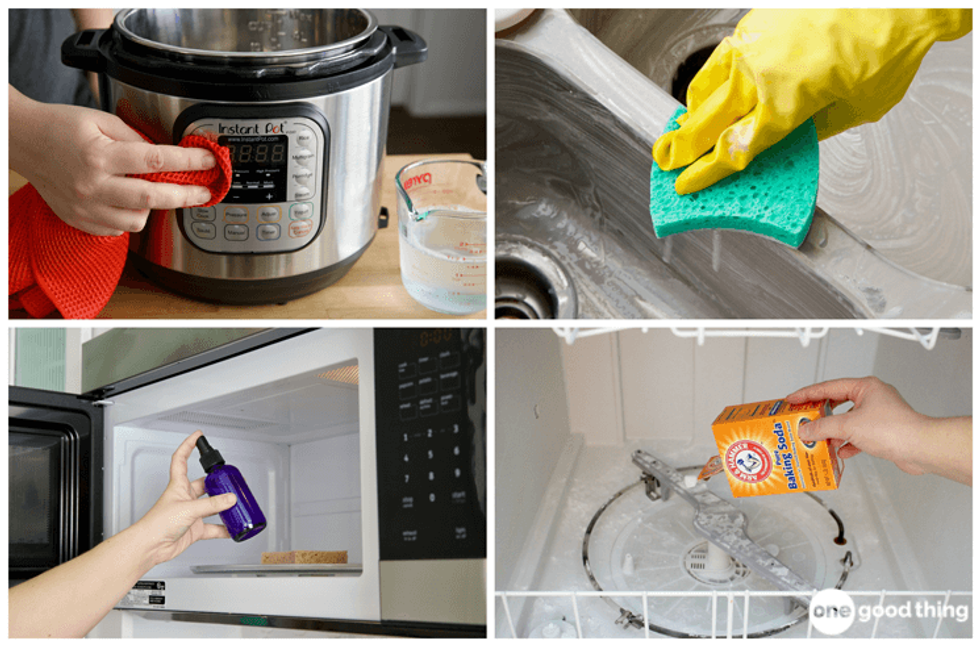 Jillee
Jillee
1. PLASTIC FOOD CONTAINERS
Plastic breaks down over time—know how those containers turn cloudy over time?—and phthalates, which are endocrine-disrupting chemicals (EDCs), can leak from plastic containers into your super-yummy leftover lentil soup. Not appetizing. Glass containers last longer and, let’s face it, look way cooler.
2. NONSTICK PANS
Yes, they make morning omelets easier, but there’s a hitch. Many nonstick pans contain trace amounts of a chemical called perfluorooctanoic acid (PFOA), which has been shown to cause cancer in laboratory animals. Over time, the pans’ non-stick lining can deteriorate and chip off into your food. But you don’t have to say “so long” to eggs. Switch to cast iron or stainless steel cookware, and use olive or coconut oil cooking spray.
3. CLEANING PRODUCTS
It’s kind of nonsensical, if you think about it, that the place in the home where we create our nourishment also tends to house, under the kitchen sink, some of the most deadly chemicals in the home. Many cleaning products contain volatile organic compounds (VOCs), which can contribute to chronic respiratory problems, allergic reactions, and headaches, according to the American Lung Association. Make like a prairie pioneer and turn to the time-tested stuff: natural cleaning products like baking soda, Borax, soap powder, vinegar, lemon, and hot water work just as well without coating your home in toxins.
LAUNDRY ROOM
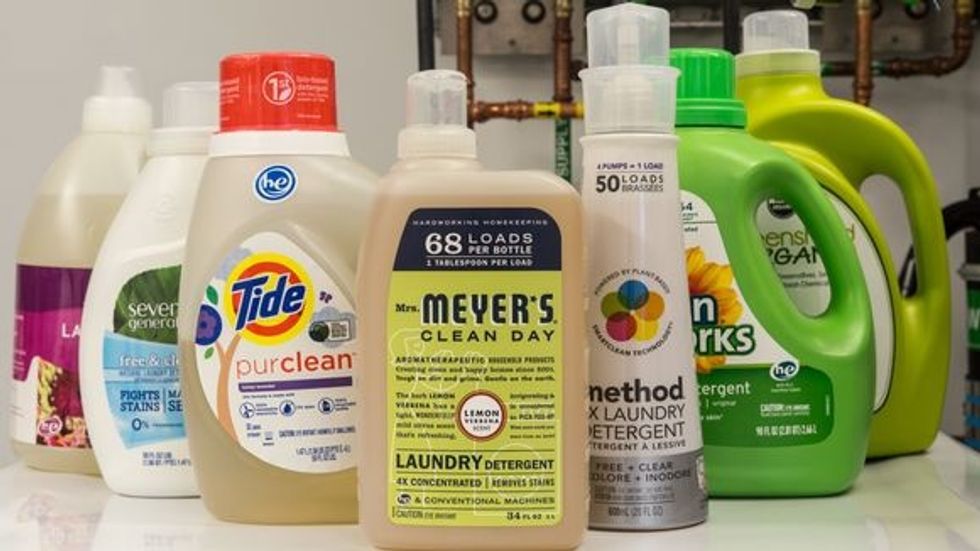 USA Today
USA Today
4. LAUNDRY
Conventional laundry products are rife with artificial fragrances, chlorine, and optical brighteners that can cause headaches, skin reactions, and hormone disruption. Skip the scented dryer sheets and fabric softeners, and instead opt for safe, non-toxic detergents. Check out this list of approved options from the EWG.
IN THE BATHROOM
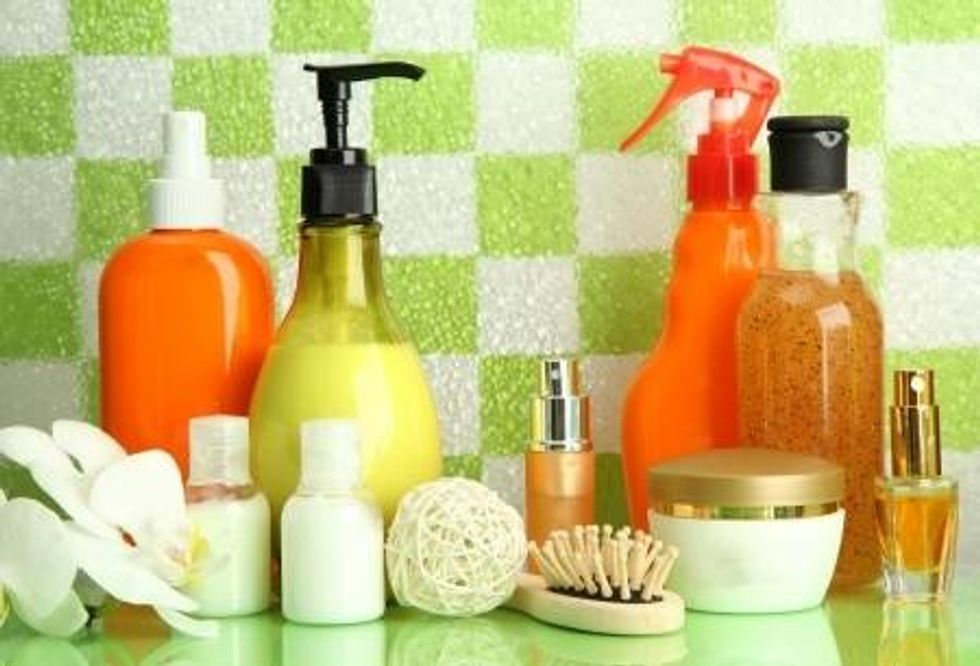 123RF
123RF
5. AIR FRESHENERS
These products are supposed to make your home smell fresh, but they are actually like breathing poison. Sprays, gels, red diffusers, and plug-in scents contain phthalates, benzene, and formaldehyde. Long-term exposure to these chemicals can cause damage to internal organs and the central nervous system, as well as disrupt the body’s hormones, but even short-term exposure can cause a host of problems like eye, respiratory, and skin irritation, in addition to headaches, nausea, and even fatigue. An easy solution is candles scented with essential oils or fragrant fresh flowers like white narcissus.
6. COSMETICS
According to the Environmental Working Group, the average American woman applies up to 12 personal care items a day, which adds up to roughly 126 harmful ingredients. These include parabens, a preservative that prevents the growth of bacteria but whose estrogen-mimicking properties are associated with increased risk of breast cancer, according to the FDA. Also be wary of synthetic colors derived from petroleum or coal tar sources, which are banned in the EU, and propylene glycol, a skin-conditioning agent known to cause dermatitis and hives. As an alternative, you can stock your makeup bag with luxe, natural finds from Credo Beauty.
7. BODY CARE
Soaps and shampoos can contain hormone-disrupting synthetic fragrances and triclosan, and many antiperspirants use aluminum-based compounds, which may be harmful to the health. Channel your inner earth goddess by opting for aluminum-free antiperspirants and natural, essential-oil scented soaps.
8. SUNSCREENS
You want to exclude sunscreens containing chemical ingredients such as oxybenzone, octinoxate, retinyl palmitate (a form of vitamin A), and fragrances, which can block or mimic hormones, as well as any aerosol spray sunscreens, which can cause respiratory products. Check out the EWG’s list of 243 non-toxic sunscreens to find the healthiest option.
BEDROOM
 The Good Trade
The Good Trade
9. MATTRESS & BEDDING
Most mattresses contain petroleum-based chemicals, toxic foams, synthetic fabrics, and fire retardants that can off-gas into the air you breathe while you’re in dreamland. “You spend a third of your life in bed,” author and blogger Debra Lynn Dadd told the New York Times. “If you are interested in things like organic food and natural beauty products, you should realize that you’re actually getting a greater exposure to toxic chemicals in your bed than anywhere else.” If your mattress has grown a bit saggy in the middle, replace it with one that is flame retardant-free and made with natural and organic materials. Consumer Reports has put together a list of natural mattresses you can trust. But if a new bed’s not in the budget, cover your mattress with a natural latex mattress topper or an organic cotton mattress pad.
LIVING ROOM
 Interior Design
Interior Design
10. FURNISHINGS & FINISHINGS
Furniture, paint, and carpet are some of the highest ticket items in our home, but they can also have high costs to our health if they contain flame retardants, formaldehyde, or other volatile organic compounds (VOCs). Invest in flame retardant free furniture and low or no-VOC paint and flooring. After regular vacuuming and sweeping, throw open the windows and let a breeze pass through to keep the air fresh and dust- and toxin-free.

